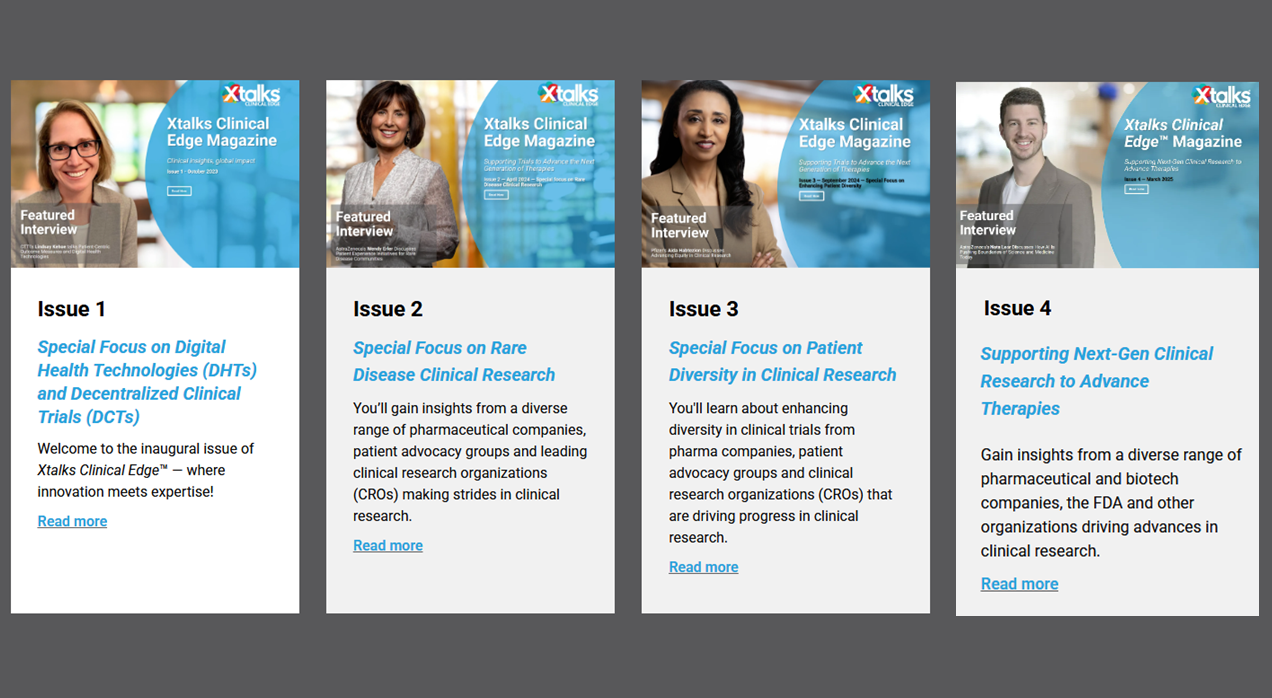Webcast or webinar? These two terms are often used interchangeably by various organizations. Ultimately, webcasts and webinars offer the same goal — they give hosts a virtual space to present content with an audience while keeping track of webinar registrations.
When push comes to shove, webcasts and webinars can be differentiated. We will take a thorough look at the definitions of these two terms, then clarify the similarities and differences, which might often be overlooked by most. All in all, the aim is to help you figure out whether a webcast or a webinar works best for your goals.
What is a Webcast?
A webcast is a “web-based broadcast” and is often thought about as a one-way presentation for a mass audience using streaming media technology. As technology has developed, audience participation in webcasts have also emerged. They may consist of videos, slides or audio to stream for a live audience within the thousands.
What is a Webinar?
A webinar is a “web-based seminar” that can be a “few-to-many” or “one-to-many” streaming model. A host or an expert panel of presenters will conduct a virtual event with a smaller audience capacity. Webinars can be interactive as the audience has the ability to participate in the discussion and with the presenter(s).
What are the Similarities and Differences?
Similarities
The most evident similarity between a webcast and webinar is that they are both web-based streams to an audience. They can give your company brand awareness when used for training sessions, educational courses or corporate events. Regardless of whether you choose to conduct a webcast or webinar, both will offer the following advantages:
- Web-based presentations
- Drive marketing and branding efforts
- Platform for training and educational online sessions
- Virtual events broadcasting
Differences
The major differences between webcasts and webinars are the implementation and audience size.
Implementation
Webcasts are implemented with the purpose of dispersing information to a large audience. If you are streaming corporate announcements, speeches, product launches, charity fundraisers or live performances, then webcasting would be a term that is most often used. A webcast may typically use digital/computer audio as the only way to hear the broadcast. Whereas a webinar may employ either digital audio and telephone conference calling as an audio option for users. That said, these audio options vary for each streaming platform.
Audience
The audience size is another significant difference between a webcast and webinar. Typically, the term webcast is used when the audience size is larger. For example, GoToWebinar by LogMeIn has differentiated their GoToWebcast feature. They offer an option to run a live webcast for a maximum of 3000 attendees, whereas their webinar option limits room size at 1000 participants.
Webcasts vs Webinars: Which One is Better for Your Business?
Now that you know the differences and similarities, do you know which one would work best for your business? At times, choosing between a webcast or webinar can simply be a preference since they’re so alike and offer similar benefits. However, it’s always best to choose with your business goals in mind or to speak to a professional service provider to help guide that decision. Here’s an overview of how organizations could use webcasts and webinars.
How Organizations Use Webcasts
Companies looking to train large numbers of employees can use webcasts to make the process faster and more effective. Webcasting will include all branches of a company for large corporate training and educational purposes. Mandatory guidelines for health and safety at work is a potential webcast opportunity. As employees across an organization would need to be informed of health and safety regulations.
Sales and marketing departments are able to use webcasts as a measurable ROI when setting up product launches, video blogs or even web shows to drive awareness of products or services. Webcasting can make communication across all branches easier and inexpensive as employees can attend from anywhere in the world.

How Organizations Use Webinars
Webinars can prove to be a strong lead generation tool that caters to providing valuable and specialized content for viewers. They are a useful tool for marketing teams looking to solidify late-stage sales leads. Panel-based webinars are excellent forums for brand awareness.

Conclusion
Webcasts and webinars are both essential business communication tools that are sure to grow in popularity. Around 73 percent of B2B marketers consider webinars to be a strong lead generation tool and 53 percent of marketers plan to use a webinar marketing strategy in 2021.
Due to the fact that both webcasts and webinars are virtual events, many organizations and platforms have used these two terms interchangeably for years. Since many webinar and webcast platforms or service providers offer slightly different features for their webcast and webinar offerings, ultimately, choosing between the two offerings comes down to a comparison of available features offered by the vendor.
Xtalks is an expert in producing and marketing B2B webinars and webcasts for the life science, medical device and food industries. If you have any questions about your next webinar or webcast marketing initiative, please contact us for more information. If you want to learn more about how to advance your content try checking out our other Webinar Production & Marketing Tips blog articles.












Join or login to leave a comment
JOIN LOGIN